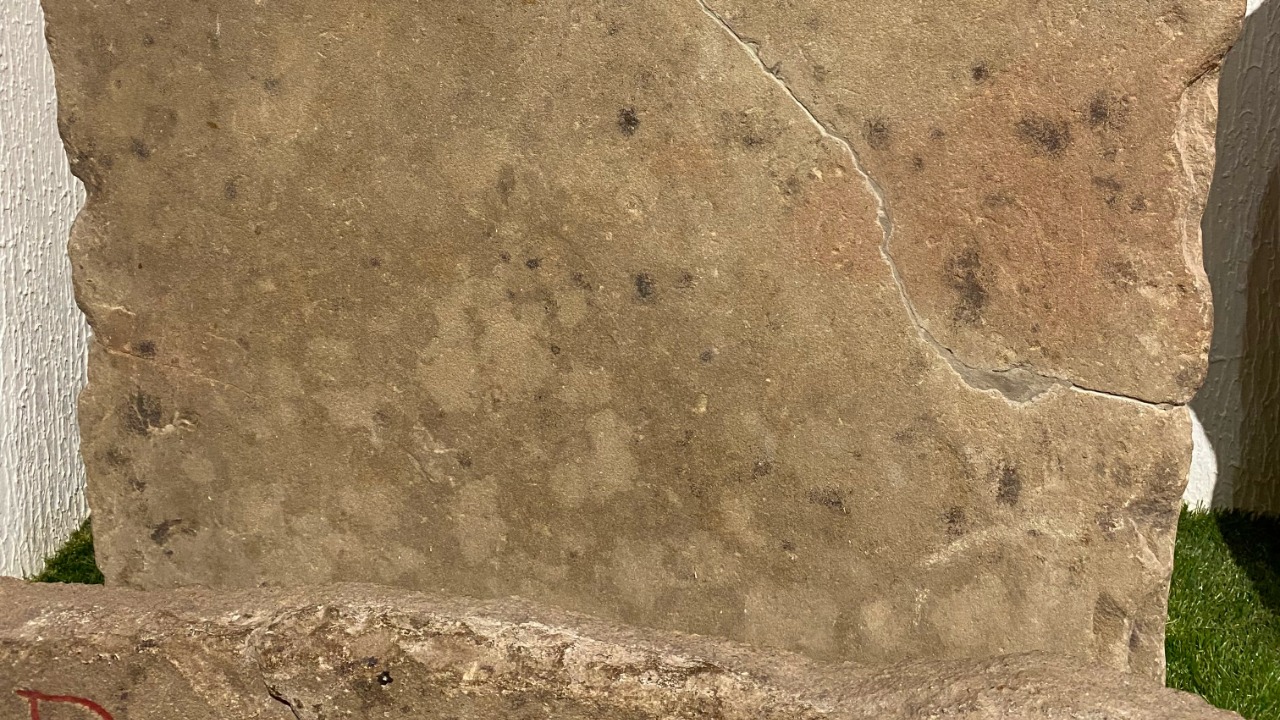
In a remarkable twist of historical fate, a New Orleans couple unearthed a 2,000-year-old Roman tombstone in their backyard. This ancient artifact, a gravestone from the Roman Empire, has sparked a flurry of investigations into its unlikely journey from the heart of Rome to a residential backyard in Louisiana. This discovery has illuminated unexpected historical ties between the Eternal City and the Crescent City.
The Backyard Discovery
While performing routine yard work, the couple stumbled upon the ancient tombstone. The artifact was found in a specific location in their backyard, a discovery that would soon attract the attention of historians and archaeologists. Recognizing the potential significance of their find, the couple wisely decided not to disturb the stone further and promptly contacted professionals. The site of the discovery, nestled within an urban residential area, added an extra layer of intrigue to the find, as reported by local coverage.
Description of the Artifact
The tombstone itself is a marvel of ancient craftsmanship. Its size and material, likely marble or limestone, are typical of Roman gravestones. The stone bears Latin inscriptions, a poignant tribute to a long-deceased individual from Roman times. Experts estimate the tombstone to be between 1,900 and 2,000 years old, placing it in the 1st or 2nd century AD. This age estimation is based on detailed visual and material analysis conducted on-site.
Historical Origins in Rome
Stylistic elements of the tombstone suggest its origin in a Roman cemetery or necropolis. Specific inscriptions and carvings on the stone provide clues about the individual it was meant to honor. These details, preserved in the stone, offer a glimpse into the funerary practices of ancient Rome, adding authenticity to its historical context.
The Transatlantic Journey
The tombstone’s transatlantic journey is a tale of historical trade routes and antiquities export. During the 19th-century port boom in New Orleans, the stone could have been transported from Europe to the United States as ship ballast or architectural salvage. There are documented cases of antiquities being legally exported or smuggled from Italy to American collectors during this period. These hypotheses on migration paths tie into the city’s historical import activities.
Expert Investigations and Authentication
Archaeologists from local institutions were involved in dating and authenticating the find. Techniques such as epigraphy and radiocarbon analysis were used to confirm the tombstone’s Roman origin and rule out modern forgeries. Quotes from experts, as reported in the professional verification process, resolved initial doubts about the artifact’s authenticity.
Implications for Local History
The discovery of the Roman tombstone in New Orleans underscores the city’s layered past as a global trade hub with European influences. Discussions are underway about preservation efforts, including plans to display the artifact in a museum or return it to Italy if provenance demands. The find has sparked cultural impact discussions on urban archaeology in New Orleans.
Unresolved Mysteries and Future Research
Despite the progress made in tracing the tombstone’s journey, questions remain about its exact path from Rome to the New Orleans backyard. The possibility of private collector ownership in the interim is being explored. Ongoing studies into similar artifacts in Louisiana aim to uncover patterns of ancient imports. These mystery-solving angles continue to fuel interest in this remarkable discovery.
More from MorningOverview